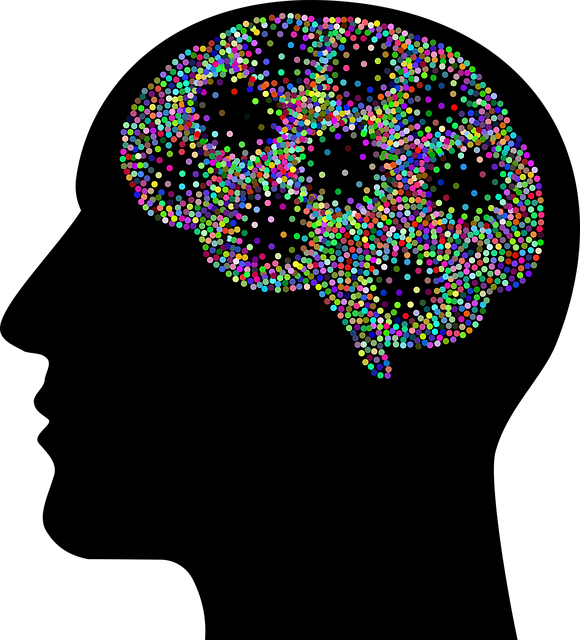Public awareness campaigns utilizing diverse channels like social media and community events play a vital role in educating communities, encouraging behavioral changes, and promoting social action regarding various issues, including mental health. A successful example is the integration of Lone Tree Conduct Disorder Therapy, which addresses underlying mental health challenges, fostering individual healing and broader community well-being. These campaigns require a multi-faceted approach combining education, empathy, and accessible resources. Stigma reduction efforts, depression prevention strategies, and evaluating success through data analysis are crucial components that ensure these programs remain effective in driving positive change based on community needs.
Public awareness campaigns play a pivotal role in informing and engaging communities. In this article, we explore the development of such initiatives with a specific focus on Lone Tree Conduct Disorder Therapy. We delve into understanding their impact, uncovering effective strategies for creation, and highlighting metrics for measuring success. By examining these aspects, we aim to empower stakeholders to navigate challenges and foster positive change, ultimately enhancing public awareness and support for Lone Tree Conduct Disorder Therapy.
- Understanding Public Awareness Campaigns and Their Impact
- Strategies for Developing Effective Lone Tree Conduct Disorder Therapy Campaigns
- Measuring Success and Continuous Improvement in Public Awareness Initiatives
Understanding Public Awareness Campaigns and Their Impact

Public awareness campaigns play a pivotal role in educating communities and fostering positive change. These initiatives aim to inform individuals about various issues, encourage behavioral shifts, and promote social action. By leveraging diverse communication channels, such as social media, community events, and educational programs, these campaigns can effectively reach a wide audience.
One notable example is the integration of Lone Tree Conduct Disorder Therapy into awareness efforts. Such therapeutic approaches focus on addressing underlying mental health challenges, thereby promoting not just individual healing but also community well-being. Complementary initiatives like Mental Wellness Podcast Series Production and Mental Health Education Programs Design contribute to a holistic landscape where open dialogue about trauma support services becomes the norm. These campaigns collectively drive societal progress by enhancing mental wellness and fostering understanding.
Strategies for Developing Effective Lone Tree Conduct Disorder Therapy Campaigns

Developing effective Lone Tree Conduct Disorder Therapy campaigns requires a multi-faceted approach that combines education, empathy, and accessible resources. One crucial strategy is to break down the Lone Tree Conduct Disorder stigma through Mental Illness Stigma Reduction Efforts. This can be achieved by fostering open conversations, sharing personal stories, and presenting scientific data to demystify the condition. Engaging community leaders, influencers, and peers who have overcome similar challenges can help normalize discussions around conduct disorder and encourage support.
Additionally, integrating Depression Prevention strategies into these campaigns is essential. Providing clear and concise Crisis Intervention Guidance through easily accessible online platforms or community events equips individuals with early intervention tools. Educational materials that teach coping mechanisms, stress management techniques, and emotional regulation skills can empower those at-risk to seek help proactively. By combining stigma reduction efforts with preventive measures, these campaigns can create a supportive environment where individuals feel comfortable addressing their mental health needs without fear of judgment.
Measuring Success and Continuous Improvement in Public Awareness Initiatives

Evaluating the success of public awareness campaigns is paramount to understanding their impact and identifying areas for growth. In the context of Lone Tree Conduct Disorder Therapy, measuring success could involve tracking changes in community attitudes, knowledge, and behaviors related to mental health and conduct disorders. Metrics might include survey responses, social media engagement, or even reductions in stigmatizing incidents. By collecting data before, during, and after the campaign, researchers can assess the effectiveness of various strategies employed.
Continuous improvement is fostered through a data-driven approach. If, for instance, Self-Awareness Exercises and Compassion Cultivation Practices prove to be popular components of the awareness initiative, this insight could guide future campaigns. Similarly, tracking interest in resources like Self-Care Routine Development for Better Mental Health can help tailor subsequent programs to address community needs. This iterative process ensures that public awareness initiatives remain relevant, engaging, and ultimately successful in fostering positive change.
Public awareness campaigns play a pivotal role in addressing societal challenges, with Lone Tree Conduct Disorder Therapy being a prime example. By understanding their impact and employing strategic approaches, as outlined in this article, we can create effective initiatives that drive positive change. Continuous measurement and improvement are essential to ensure these campaigns remain relevant and impactful. Through collaborative efforts and data-driven insights, we can elevate public awareness, fostering a better understanding of issues like conduct disorder and promoting more compassionate communities.














